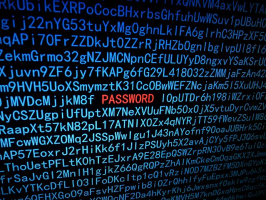Top 10 Best Famous Hackers
Before the explosion of the information technology era, there was the birth and development of hacker activities. Currently in the world, there are a lot of ... read more...hackers, they link together into hacker groups and become an obsession not only for many companies, large enterprises or corporations in the field of security but also is a potential threat to the network security of many countries. Let's take a look at the list of dangerous and famous hacker groups in the world.
-
Kevin Mitnick is the most famous hacker in the world. He was dubbed the "most wanted cyber criminal in US history" by the US Department of Justice. Kevin Mitnick's story is so bizarre that it inspired a full film titled Track Down. He is widely regarded as the greatest hacker of all time. Kevin David Mitnick (born August 6, 1963) is a convicted hacker, computer security expert, and author.
He is primarily known for his high-profile 1995 arrest and subsequent five-year sentence for computer and communications-related offences. The pursuit, arrest, prosecution, and punishment of Mitnick, as well as the accompanying journalism, books, and films, were all contentious. He now heads Mitnick Security Consulting, LLC, a security firm. He's also the Chief Hacking Officer and a co-owner of KnowBe4, a security awareness training company, and a member of the Zimperium advisory board, which creates a mobile intrusion prevention solution.
What Did He Do?
He was released for three years of supervised release after serving a year in prison for hacking into the Digital Equipment Corporation's network. However, near the conclusion of that time, he fled and embarked on a two-and-a-half-year hacking binge that included a breach of the national defense warning system and the theft of company secrets.
Where Is He Now?
Mitnick was later apprehended and sentenced to five years in jail. He became a computer security consultant and public speaker after completing his service. Mitnick Security Consulting, LLC is his new business.
- Born: August 6, 1963 (age 58)Van Nuys, California, U.S.
- Nationality: American
- Other names: The Condor, The Darkside Hacker
- Occupation: Information technology consultant, Author
- Organization: Mitnick Security Consulting, Chief Hacking Officer at Know, Be4
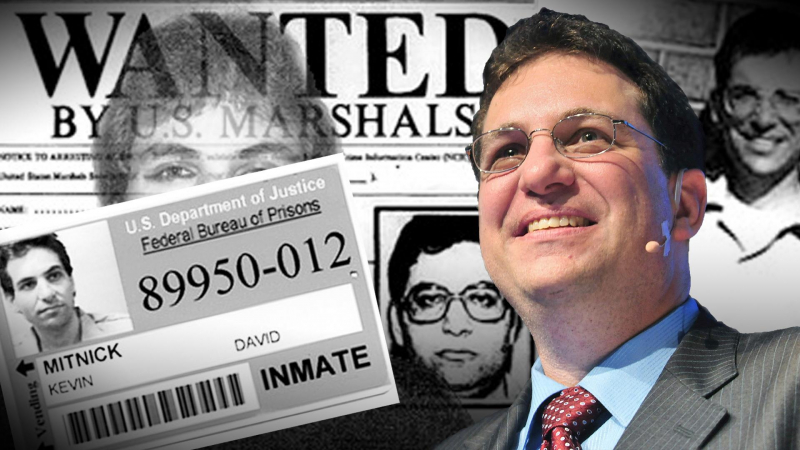
quantrimang.com 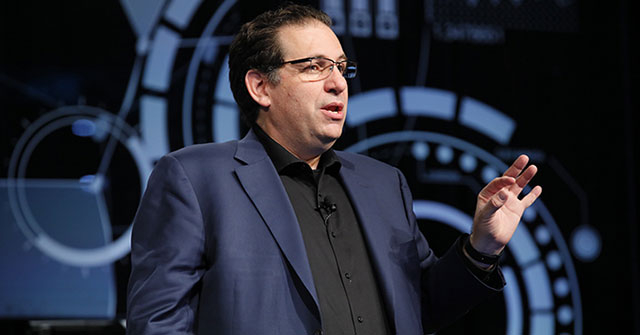
quantrimang.com -
Jonathan Joseph James ranked 2nd in the list of famous hackers. He (December 12, 1983 – May 18, 2008) was an American hacker (a gray hat ethical hacker) who was the first child in the United States to be incarcerated for cybercrime. At the time of the first offense, the South Florida native was 15 years old, and at the time of his sentencing, he was 16 years old. On May 18, 2008, he died of a self-inflicted gunshot wound at his Pinecrest, Florida home. Jonathan James, sometimes known as "c0mrade," has a heartbreaking story to tell. He began hacking at an early age, managed to break into multiple commercial and government networks while still a kid, and was sentenced to prison as a result.
What Did He Do?
After hacking into NASA's network and downloading enough source code (worth $1.7 million at the time), James was able to figure out how the International Space Station worked. NASA's network had to be shut down for three weeks while the hack was investigated, costing an additional $41,000.
Where Is He Now?
Several high-profile firms were targeted by hostile network assaults in 2007. Despite his denials, James was suspected and under investigation. James committed suicide in 2008, believing he would be found guilty of crimes he had not committed.
- Born: December 12, 1983
- Died: May 18, 2008 (aged 24)Pinecrest, Florida, U.S.
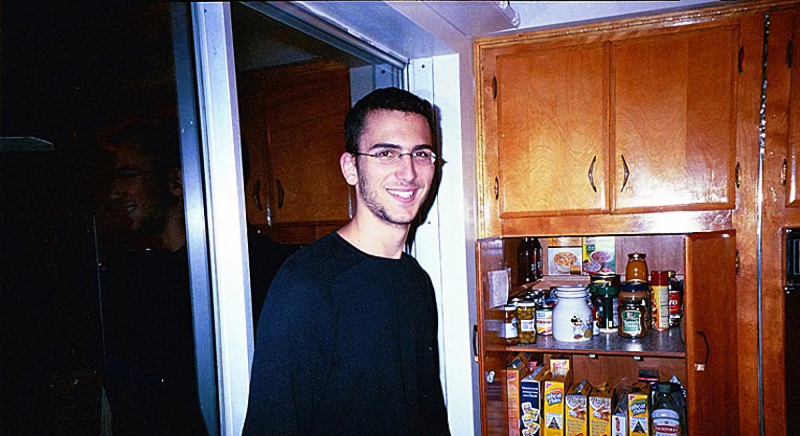
facebook.com -
Kevin Poulsen ranked 3rd in the list of famous hackers. He is a former computer hacker who is best known for breaking into telephone company computers to win radio station phone-in contests in the early 1990s. He was able to assure that he would be the proper-numbered caller to win, for example, $20,000 in cash and a Porsche 944 S2 Cabriolet, by taking over all the phone lines leading to Los Angeles radio stations. Poulsen went underground as a fugitive when the FBI began chasing him. He was featured on NBC's Unsolved Mysteries, and after 18 months on the run, he was apprehended in April 1991. He was sentenced to a little more than 5 years in jail after pleading guilty to computer fraud. It was the longest hacking sentence ever handed out in the United States at the time.
Poulsen was temporarily forbidden from using computers after his release from prison. He became a journalist after being reformed but still possessing the curiosity that led to his hacking when he was younger. His first magazine piece, published in WIRED in 1998, was about computer programmers who were forced to resort to survivalist measures due to the imminent Y2K issue. When Poulsen's court supervision ended in 2000, he went to work as the editorial director of a California-based web start-up called SecurityFocus, where he began reporting on security and hacking news. Poulsen broke stories of national importance that were picked up by the mainstream media, including a computer intrusion at a U.S. hospital that breached patient medical records for the first time; hackers "war driving" for open Wi-Fi networks; a computer virus crippling a safety system at a nuclear power plant in Ohio; and a hacker in southern California successfully penetrating a Secret Service agent's PDA and stealing confidential agency files.
What Did He Do?
Poulsen got himself onto the FBI's wanted list when he hacked into federal systems and stole wiretap information. He was later captured in a supermarket (of all places) and sentenced to 51 months in prison and a bill for $56,000 in restitution.Where Is He Now?
Poulsen changed his ways after being released from prison in 1995. He began working as a journalist and is now a contributing editor for Wired. In 2006, he even helped law enforcement to identify 744 sex offenders on MySpace.- Born: November 30, 1965 (age 56)Pasadena, California, United States
- Other names: Dark Dante
- Occupation: Contributing editor at The Daily Beast
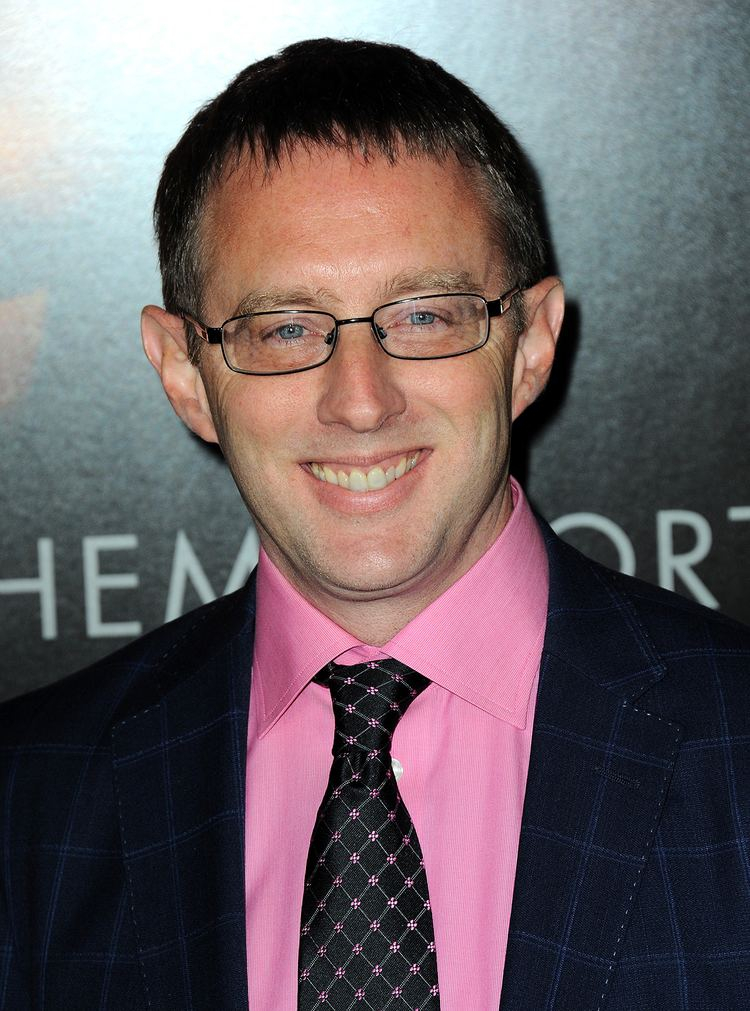
toplist.vn 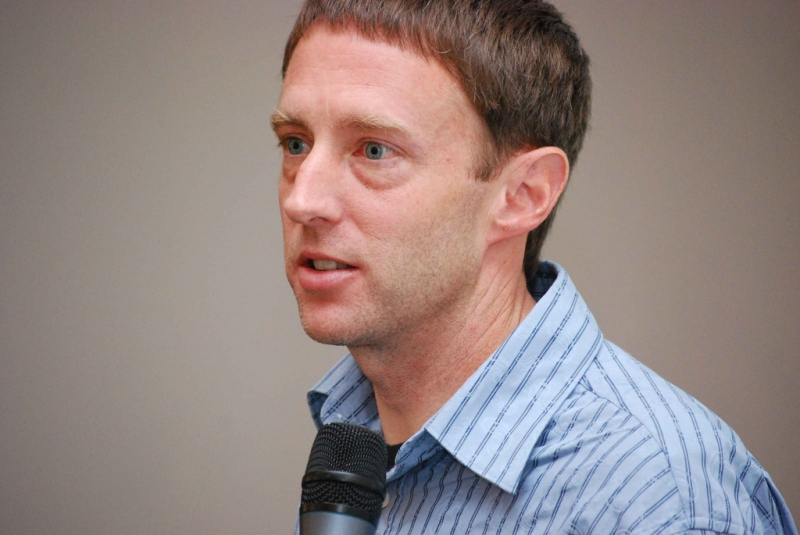
toplist.vn -
Gary McKinnon ranked 4th in the list of famous hackers. He (born 10 February 1966) is a Scottish systems administrator and hacker who was accused in 2002 of carrying out the "biggest military computer hack of all time," despite the fact that McKinnon claims he was only looking for evidence of free energy suppression and a cover-up of UFO activity and other potentially useful technologies. After a series of judicial actions in the United Kingdom, then-Home Secretary Theresa May prevented extradition to the United States on October 16, 2012.
What Did He Do?
Over a 13-month period from February 2001 to March 2002, McKinnon illegally accessed 97 computers belonging to the US Armed Forces and NASA. He claimed he was only searching for information on free energy suppression and UFO cover-ups, but according to US authorities, he deleted a number of critical files and rendered over 300 computers inoperable, resulting in over $700,000 in damages.
Where Is He Now?
Being of Scottish descent and operating out of the United Kingdom, McKinnon was able to dodge the American government until 2005, when he faced extradition. After a series of appeals, the British Prime Minister at the time, Theresa May, blocked his extradition on the grounds that he was "seriously ill" and that extradition would be "incompatible with [his] human rights."
- Born: 10 February 1966 (age 56)Glasgow, Scotland
- Nationality: British
- Other names: Solo

.npr.org 
.npr.org -
Robert Tappan Morris ranked 5th in the list of famous hackers. He (born November 8, 1965) is a computer scientist and entrepreneur from the United States. In 1988, he created the Morris worm, which is regarded as the first computer worm on the Internet. Morris was charged with distributing the worm and was the first person to be convicted under the new Computer Fraud and Abuse Act at the time (CFAA). With Paul Graham, he later cofounded the online store Viaweb, one of the first web apps, and the venture capital investing firm Y Combinator. He later joined the faculty of the Massachusetts Institute of Technology's (MIT) Department of Electrical Engineering and Computer Science, where he achieved tenure in 2006. In 2019, he was inducted into the National Academy of Engineering. (en)
What Did He Do?
In 1988, he created the Morris Worm while he was a student at Cornell University. The program was intended to gauge the size of the internet, but it had a flaw: computers could be infected multiple times, and each infection would cause the computer to slow down even more. It rendered over 6,000 computers unusable.
Where Is He Now?
In 1989, Robert Tappan Morris was found to have violated the Computer Fraud and Abuse Act. He was sentenced to three years on probation, 400 hours of community service, and a $10,050 fine. He eventually founded Y Combinator and is now a tenured professor at the Massachusetts Institute of Technology.
- Born: November 8, 1965 (age 56)United States
- Other names: RTM
- Occupation: Entrepreneur, professor at Massachusetts Institute of Technology, partner at Y Combinator
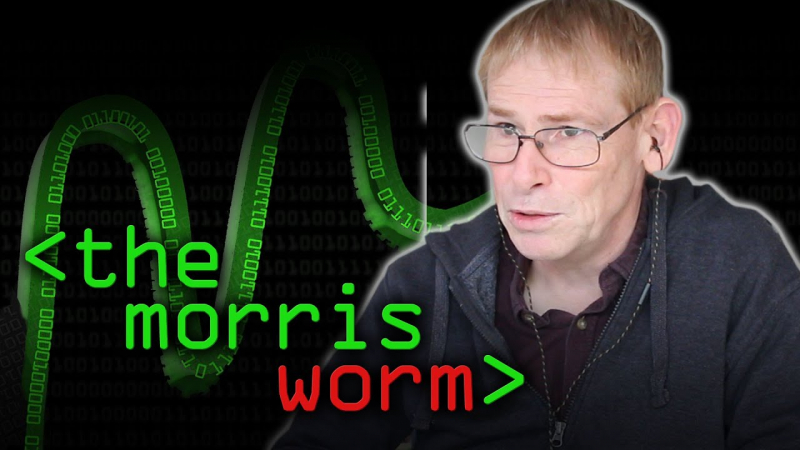
quantrimang.com 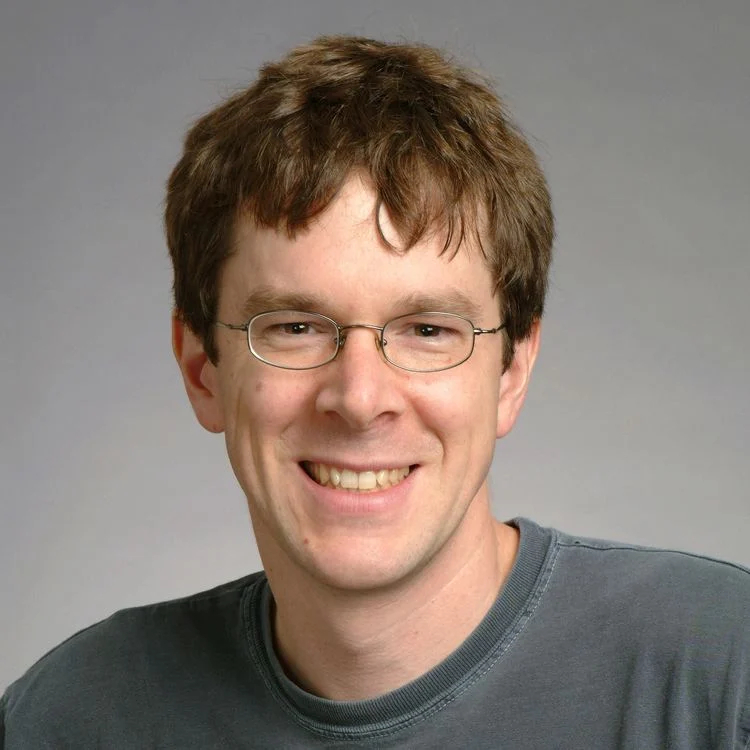
quantrimang.com -
Loyd Blankenship ranked 5th in the list of famous hackers. Loyd Blankenship a member of hacking organizations and the Legion of Doom in the 1980s, was one of the most well-known American hackers. He is the author of The Hacker's Manifesto, which was published in the underground e-zine Phrack after his incarceration. He also wrote the role-playing game cyberpunk, which was taken by the Secret Service as a result of his involvement. This seizure did not happen during Operation Sundevil, but it happened a few months later.
What Did He Do?
Blankenship authored an essay called "Mentor's Last Words" (also called "Conscience of a Hacker and Hacker Manifesto"), which he wrote after being arrested in 1986. The essay has come to be seen as a kind of cornerstone for hacking culture.Where Is He Now?
Blankenship was hired by Steve Jackson Games in 1989 to work on GURPS Cyberpunk. The US Secret Service raided his home in 1990 and confiscated the game's rulebook, calling it a "handbook for computer crime." He has since given up on hacking and is now the head of product research and design at McAfee.- Born: 1965
- Occupation: Hacking (computer security), author
- Organization:: Legion of Doom

ffccsd.org -
Julian Assange (born 3 July 1971 in Townsville, Queensland, Australia) is an Australian computer programmer and the founder of the WikiLeaks media organization. Assange, through WikiLeaks, released thousands of internal or classified papers from a variety of government and business organisations, practicing what he called "scientific journalism"—that is, giving primary source information with a minimum of editorial commentary. Under the alias "Mendax," Assange began hacking at the age of 16. He gained access to a variety of government, corporate, and educational networks over the course of four years, including the Pentagon, NASA, Lockheed Martin, Citibank, and Stanford University.
What Did He Do?
Assange went on to create WikiLeaks in 2006 as a platform for publishing news leaks and classified documents from anonymous sources. The United States launched an investigation against Assange in 2010 to charge him under the Espionage Act of 1917.
Where Is He Now?
After living in the Ecuadorian embassy in London from 2012 to 2019, Assange eventually had his asylum rights withdrawn, and police went into the embassy to arrest him. He is currently in prison in the UK, though the British courts have rejected the United States' extradition appeal.
- Born: 3 July 1971 (age 50)Townsville, Queensland, Australia
- Occupation: Editor, activist
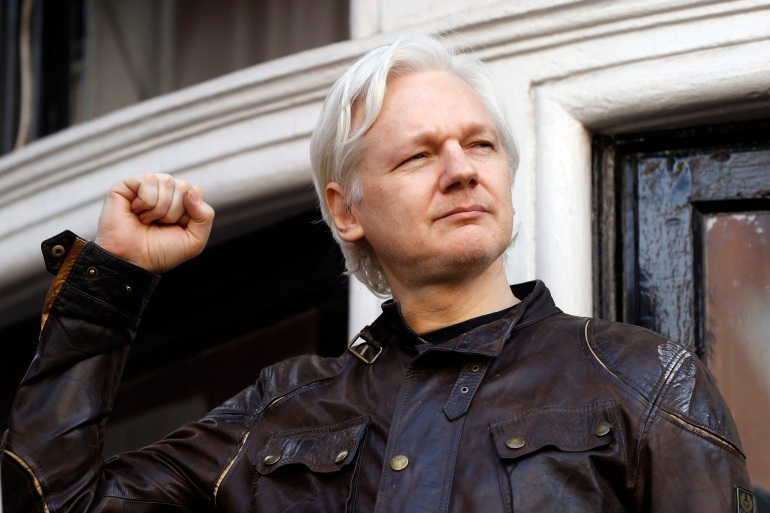
simplyinvest.vn 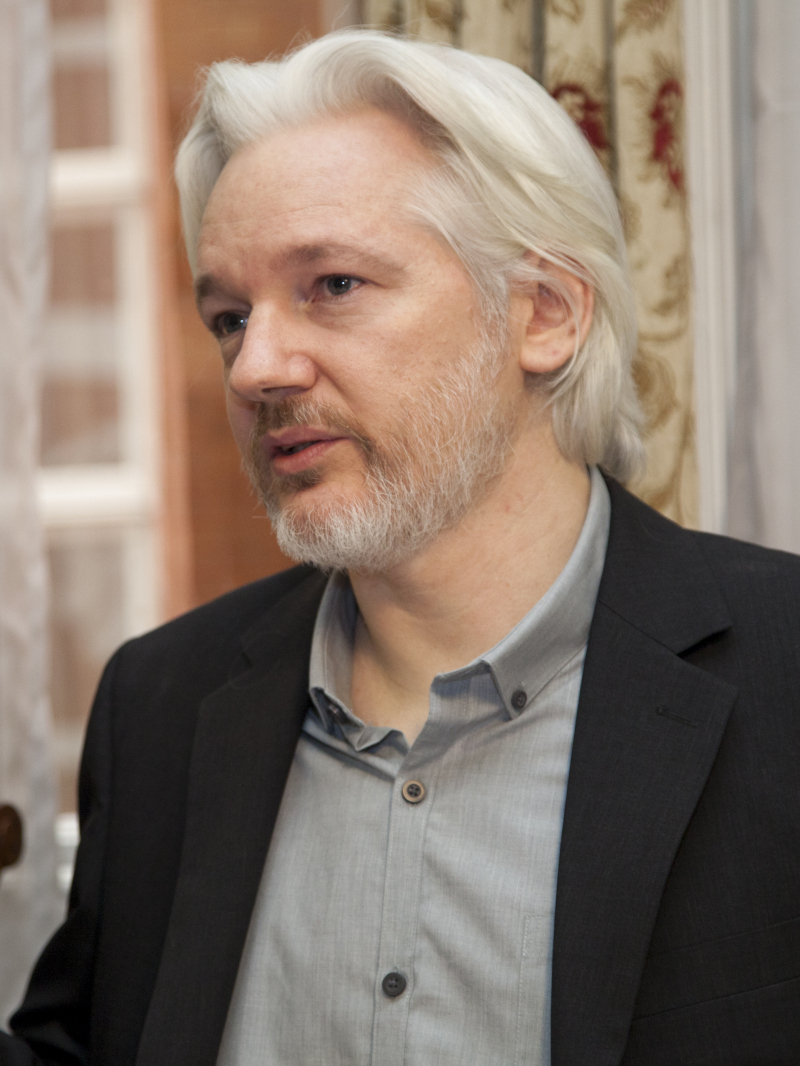
simplyinvest.vn -
"Guccifer 2.0" is a persona that claims to be the hacker(s) who got illegal access to the Democratic National Committee's (DNC) computer network and then exposed its papers to the media, Wikileaks, and a conference event. Some of the documents given to the media by "Guccifer 2.0" appear to be forgeries based on public information and prior hacks that had been tainted with disinformation. The identity is run by the Russian military intelligence organization GRU, according to accusations from February 2018. Special Counsel Robert Mueller accused 12 GRU agents for allegedly carrying out the cyberattacks on July 13, 2018.
The US Intelligence Community concluded that some of "Guccifer 2.0's" genuine leaks were part of a series of cyberattacks on the DNC carried out by two Russian military intelligence groups, and that "Guccifer 2.0" is a persona created by Russian intelligence services to hide their interference in the 2016 US presidential election. Multiple private sector cybersecurity experts and businesses, including CrowdStrike, Fidelis Cybersecurity, FireEye's Mandiant, SecureWorks, ThreatConnect, Trend Micro, and the security editor for Ars Technica, have come to same conclusion. The Russian government has denied any involvement in the heist, and "Guccifer 2.0" has also denied any ties to the Russian government. Julian Assange, the founder of Wikileaks, claimed that several parties had access to DNC emails and that there was "no proof" that Russia was behind the attack.
What Did They Do?
During the 2016 US Presidential Election, the Democratic National Convention's network was hacked. Thousands of documents were leaked on WikiLeaks and elsewhere. Many believe that Guccifer 2.0 is a cover for Russian intelligence, but in an interview with Vice, Guccifer 2.0 claimed they were Romanian and not Russian.
Where Are They Now?
Guccifer 2.0 disappeared just before the 2016 US Presidential Election, then reappeared once in January 2017 to assert that they had no ties to Russian intelligence. We have not heard from Guccifer 2.0 since.
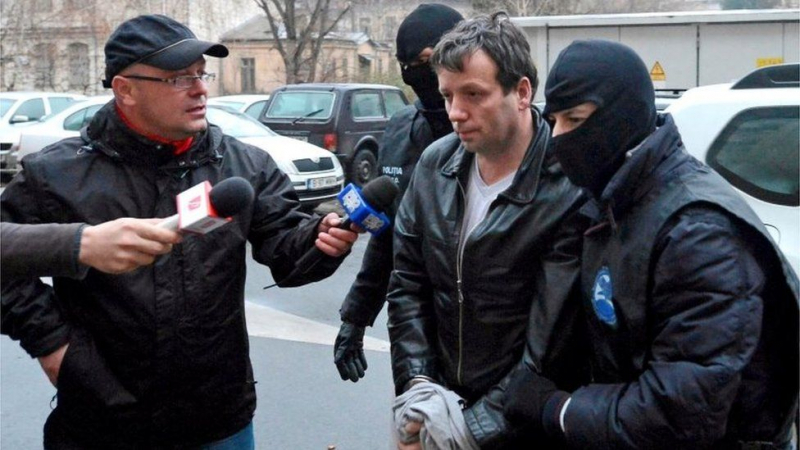
bbc.com 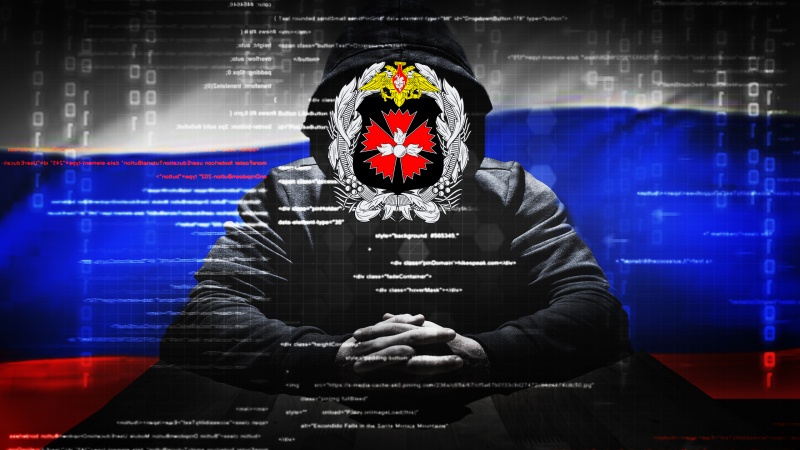
bbc.com -
Mathew Bevan (born 10 June 1974 in Cardiff, Wales) is a British hacker. Under the alias Kuji, he was arrested in 1996 for hacking into secure US government networks. He hacked into the Griffiss Air Force Base Research Laboratory in New York at the age of 21. His sole tool for proving a UFO Conspiracy Theory was a Commodore Amiga loaded with a blueboxing program called Roxbox. He was one of two hackers accused of almost starting a third world war. According to Supervisory Special Agent Jim Christy, who worked for the Air Force Office of Special Investigations at the time
In 1996, Matthew Bevan and Richard Pryce led a group of British hackers who breached multiple military networks, including Griffiss Air Force Base, the Defense Information System Agency, and the Korean Atomic Research Institute (KARI). After dumping KARI research onto American military systems, Bevan (Kuji) and Pryce (Datastream Cowboy) have been accused of nearly starting a third world war. Bevan claims he was looking to prove a UFO conspiracy theory, and his case is similar to Gary McKinnon's, according to the BBC. Bevan and Pryce demonstrated, whether with malicious intent or not, that even military networks are vulnerable.
- Born: 10 June 1974 (age 47)Cardiff, Wales
- Occupation: Hacker
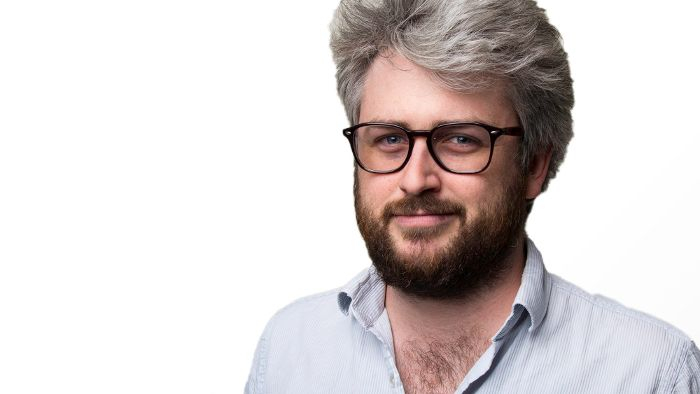
bbc.com -
Lamo was a grey hat hacker who was both excited and concerned about the rise of the World Wide Web. In the early days of the World Wide Web, he felt that others overlooked the importance of internet security. Lamo would break into corporate computer systems, but he would never cause any harm to the systems. Instead, he would offer to fix the security flaws for free, and if it was not fixed, he would notify the media. Lamo hoped to be hired by a corporation to try to break into systems and test their security, a practice known as red teaming. However, by the time this practice was common, his felony conviction prevented him from being hired.
Adrian Lamo, then 20, used an unprotected content management tool at Yahoo in 2001 to modify a Reuters article and insert a false quote attributed to former Attorney General John Ashcroft. Lamo frequently hacked into systems and then informed both the press and his victims. In some cases, he would assist in cleaning up the mess to improve their security. However, as Wired points out, Lamo overreached in 2002 when he hacked The New York Times' intranet, added himself to the list of expert sources, and began conducting research on high-profile public figures. Lamo was dubbed "The Homeless Hacker" because he preferred to roam the streets with nothing more than a backpack and frequently had no fixed address.
- Born: February 20, 1981Malden, Massachusetts, U.S.
- OccupationThreat analyst, journalist
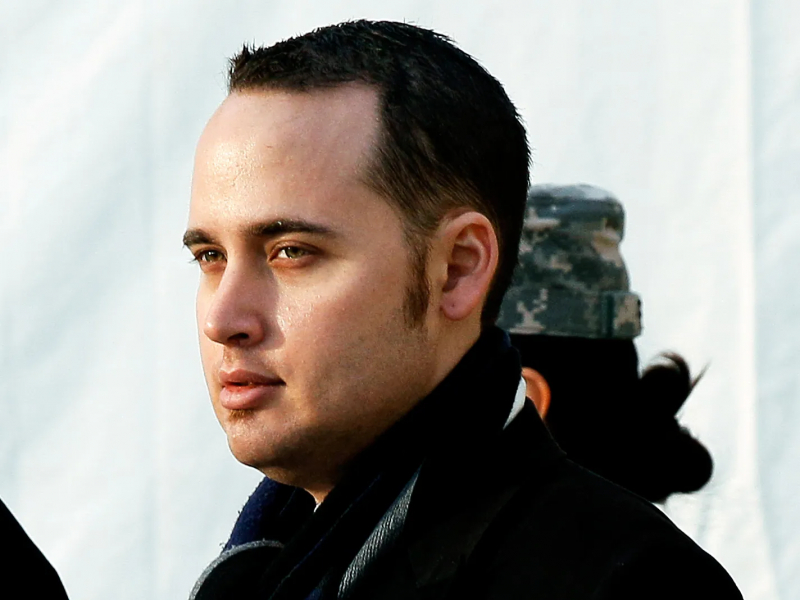
wired.com


























